Bringing home an 8-week-old puppy is exciting, but it also comes with its fair share of sleepless nights and potty accidents. One of the best ways to set your pup up for success? A solid crate schedule. Not only does this help with potty training, but it also teaches your puppy structure and security—key ingredients to raising a well-adjusted dog.
Let’s break down the ultimate crate schedule to help your new best friend thrive.
Why a Crate Schedule is Essential
Think of a crate as your puppy’s personal bedroom—it’s a safe space where they can rest and relax. However, without a structured schedule, your pup may associate the crate with isolation or punishment. A good routine ensures they understand when it’s time to rest, play, and (most importantly) do their business outside.
The biggest benefits of a well-planned crate schedule include:
-
Faster potty training
-
Reduced separation anxiety
-
Improved sleep patterns
-
A predictable routine that builds confidence
The Ultimate 8-Week-Old Puppy Crate Schedule
Here’s a breakdown of an ideal crate training routine for an 8-week-old puppy:
Morning (7:00 AM - 9:00 AM)
-
Wake-up & potty break – Puppies need to go first thing in the morning!
-
Breakfast & playtime – Feed your pup and let them burn off energy.
-
Potty break & short crate time – After playtime, take them out again and then introduce a short crate session to establish comfort.
Mid-Morning (9:00 AM - 12:00 PM)
-
Crate time & nap – Puppies sleep a lot. After some crate relaxation, expect a nap.
-
Potty break & play – Once awake, straight outside for another potty trip, followed by interactive play.
-
Supervised free time – Allow them to explore under your watchful eye before another short crate session.
Afternoon (12:00 PM - 3:00 PM)
-
Lunch & potty break – After eating, take them outside immediately.
-
Training & bonding time – Short training sessions help reinforce good habits.
-
Crate time & nap – Another round of rest in their crate.
Evening (3:00 PM - 7:00 PM)
-
Potty, dinner & walk – Keep up the potty breaks and take a short, gentle stroll.
-
Calm play & cuddle time – Help them wind down before bedtime.
-
Last potty break & final crate time – No food or water an hour before bed to avoid accidents.
Bedtime (10:00 PM - Overnight)
-
Final potty trip – A must before crating them for the night.
-
Settle into the crate – Keep the environment quiet and soothing.
-
Middle-of-the-night potty break – Expect to wake up for one or two late-night potty trips.
Crate Training Pro Tips
-
Never use the crate as punishment – It should be a positive space.
-
Stick to a routine – Consistency is key in training.
-
Use treats & praise – Reward your puppy when they settle in quietly.
-
Be patient – Some puppies adjust faster than others; don’t rush the process.
Final Thoughts: Setting Your Puppy Up for Success
A structured crate schedule makes puppyhood easier for both you and your furry friend. By sticking to a consistent routine, you’ll speed up potty training, reduce anxiety, and help your puppy develop good habits that will last a lifetime.
Have a crate-training success story? Share it in the comments! And for all your stylish walking accessories, check out Dogistry.










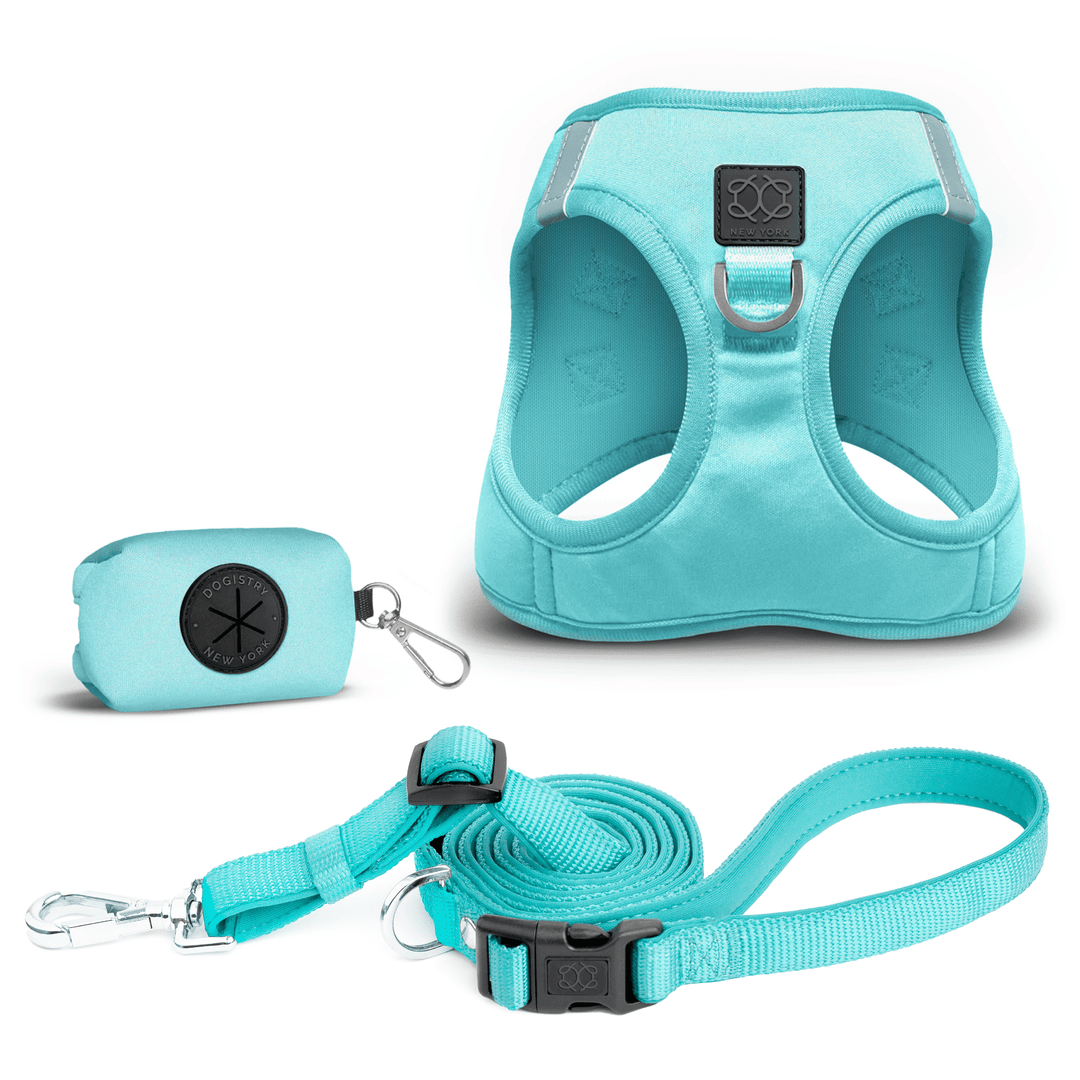
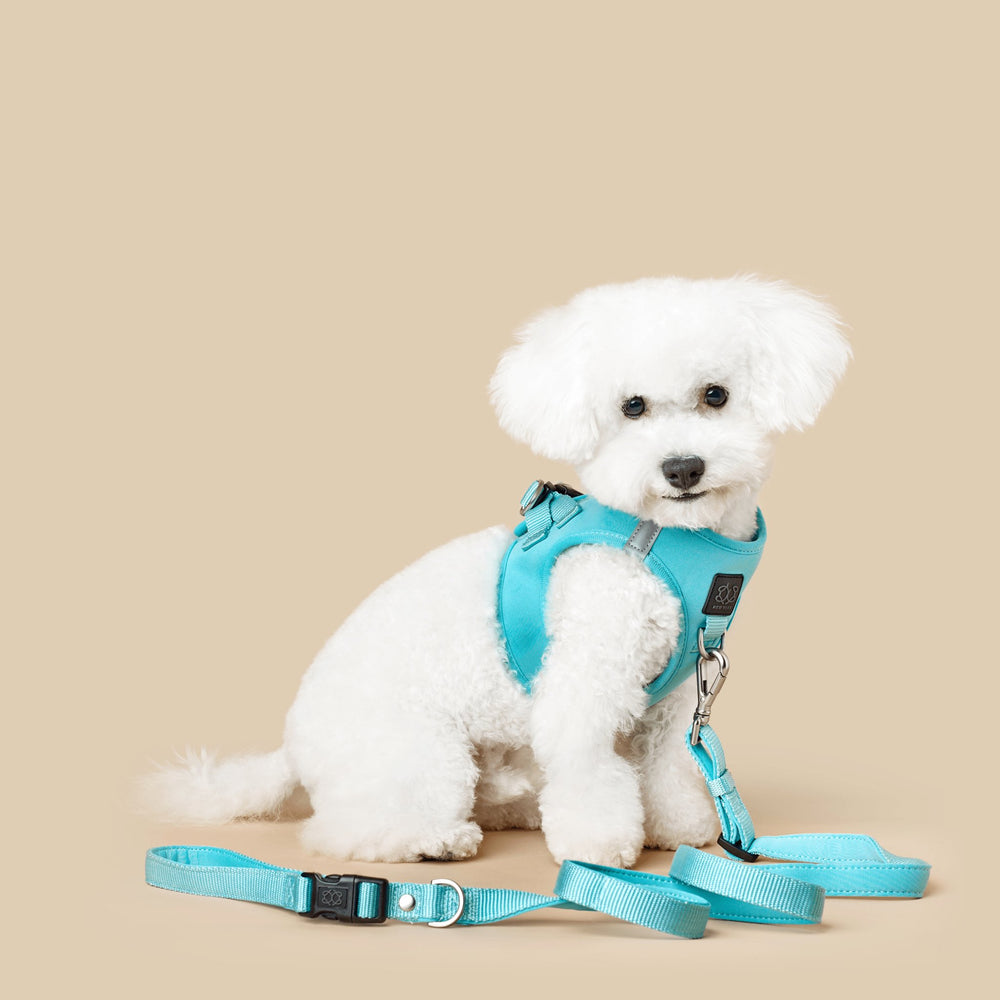
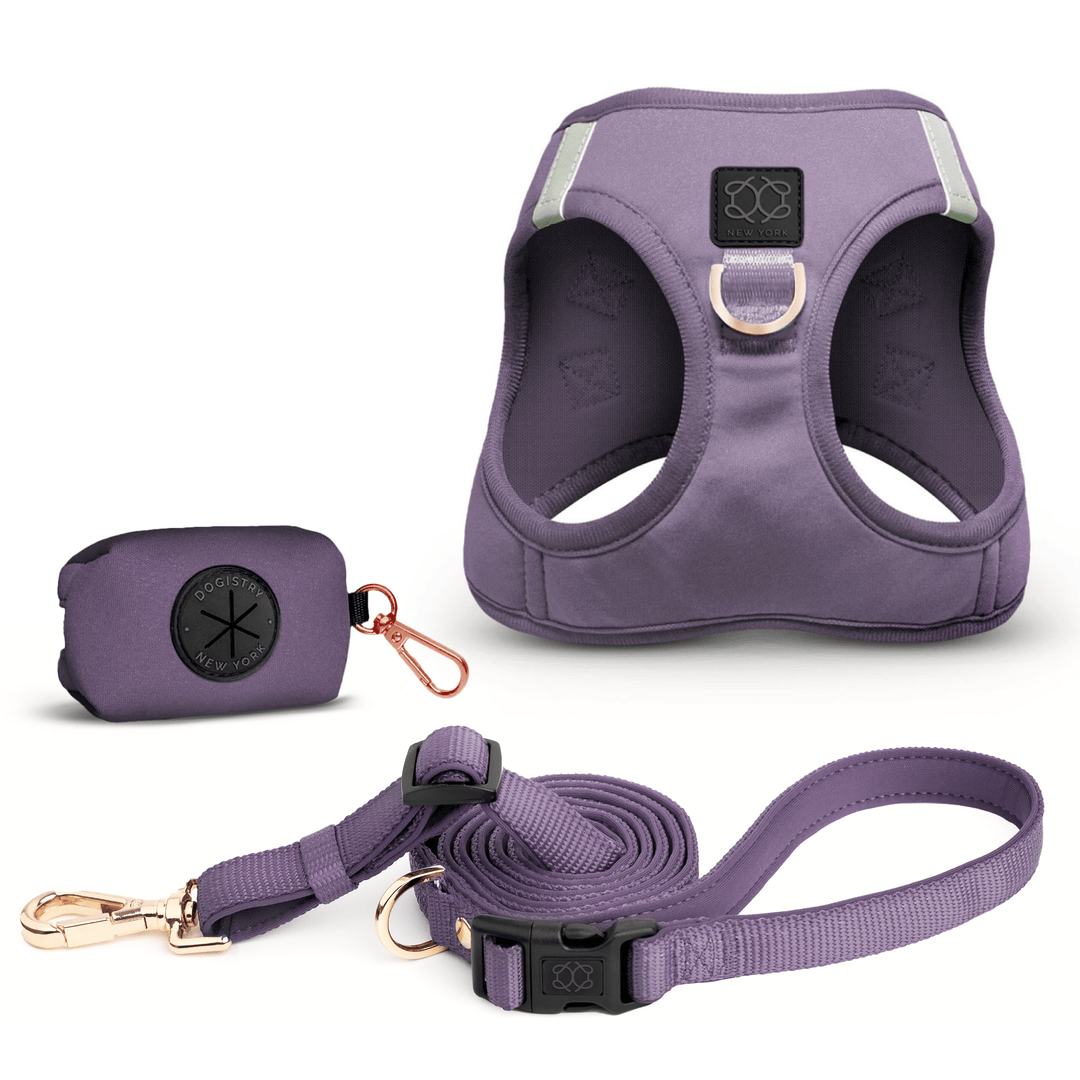
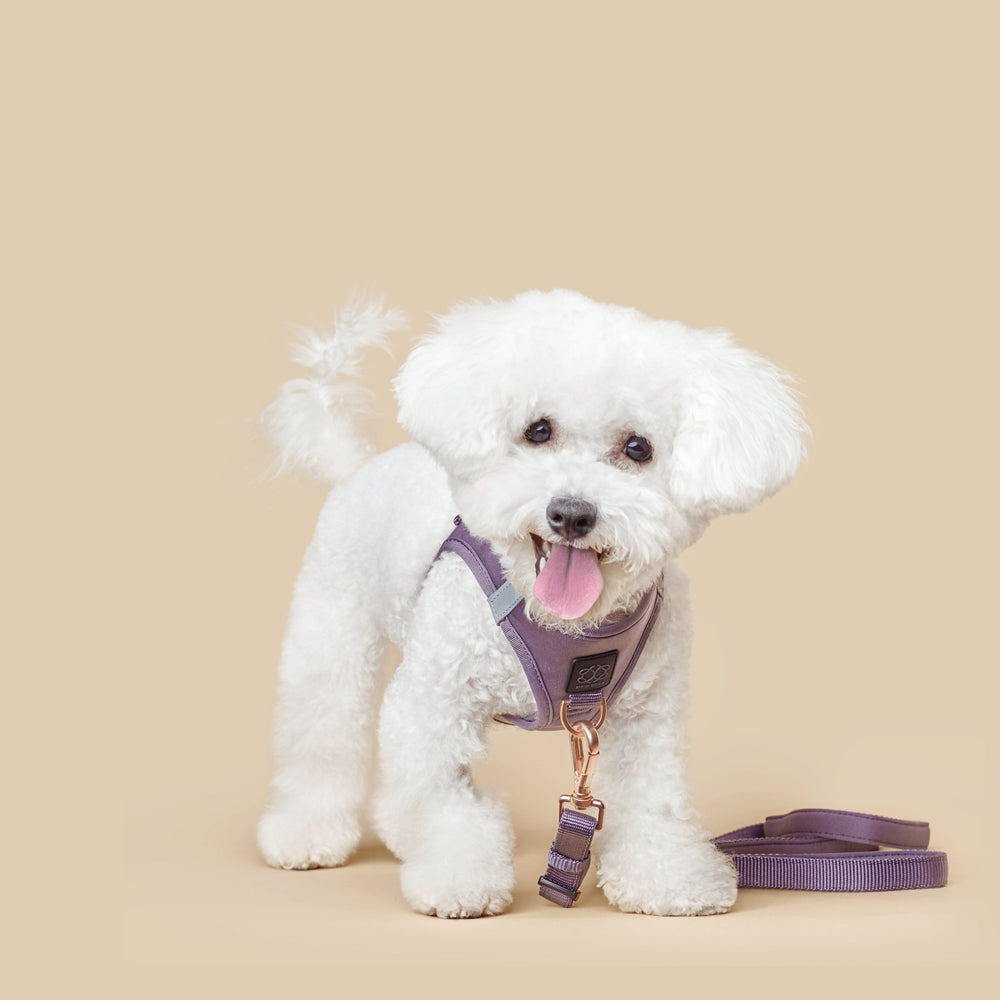
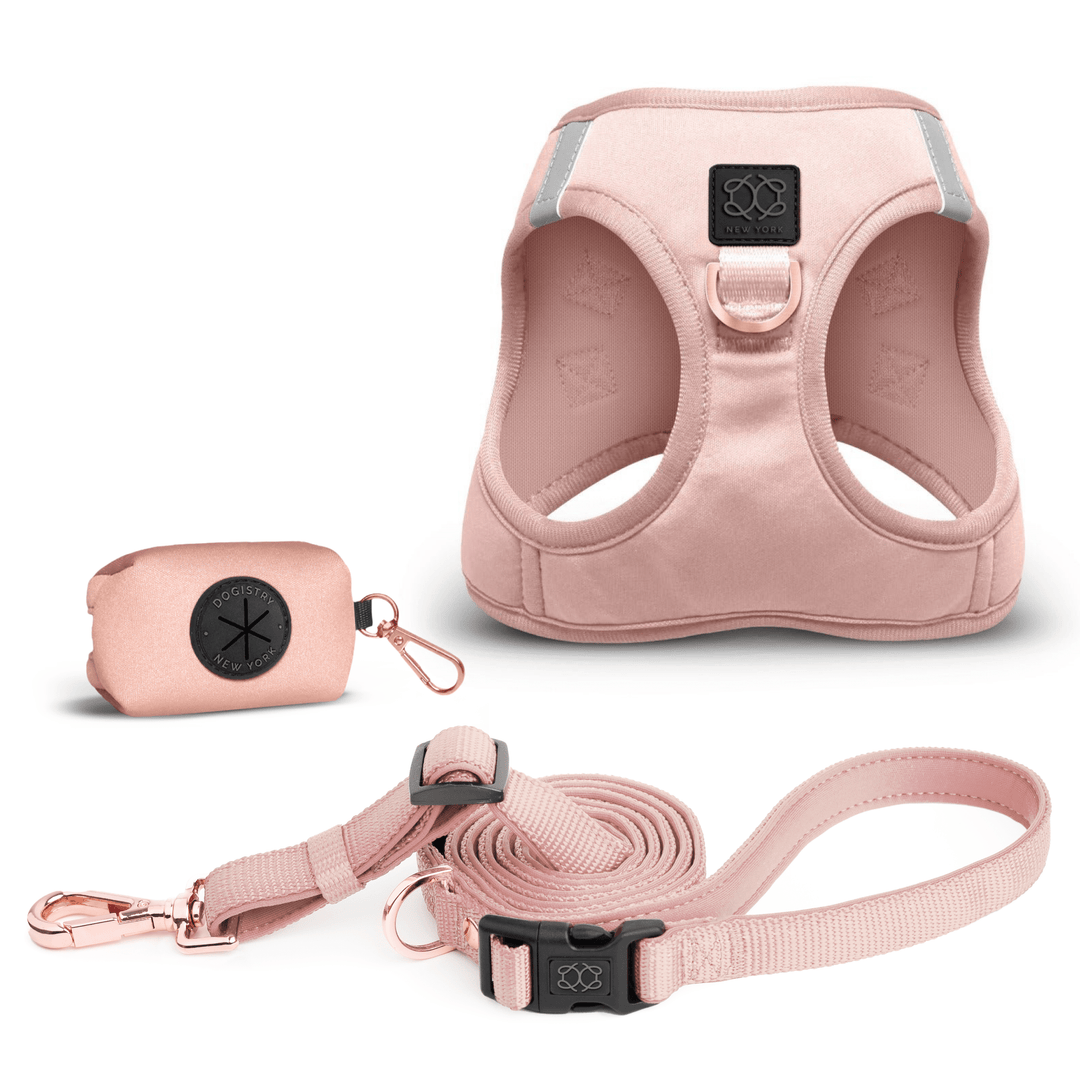
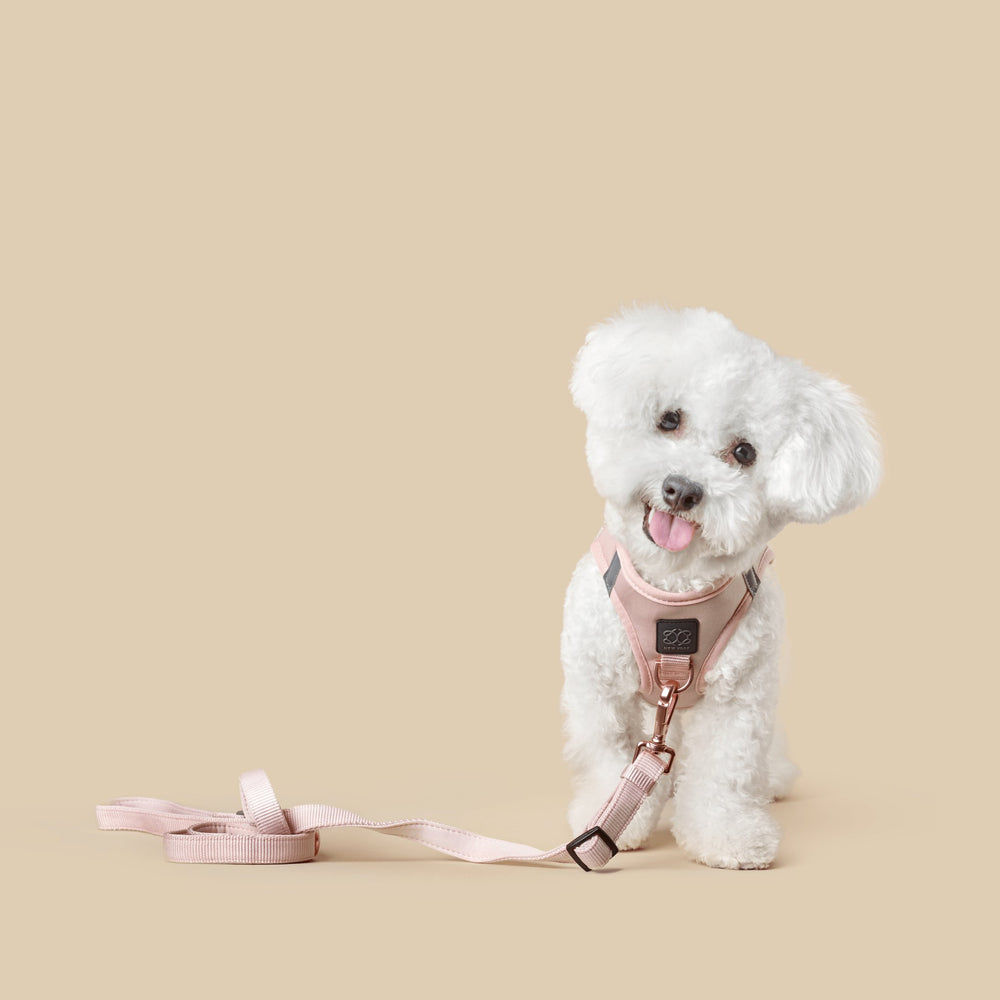


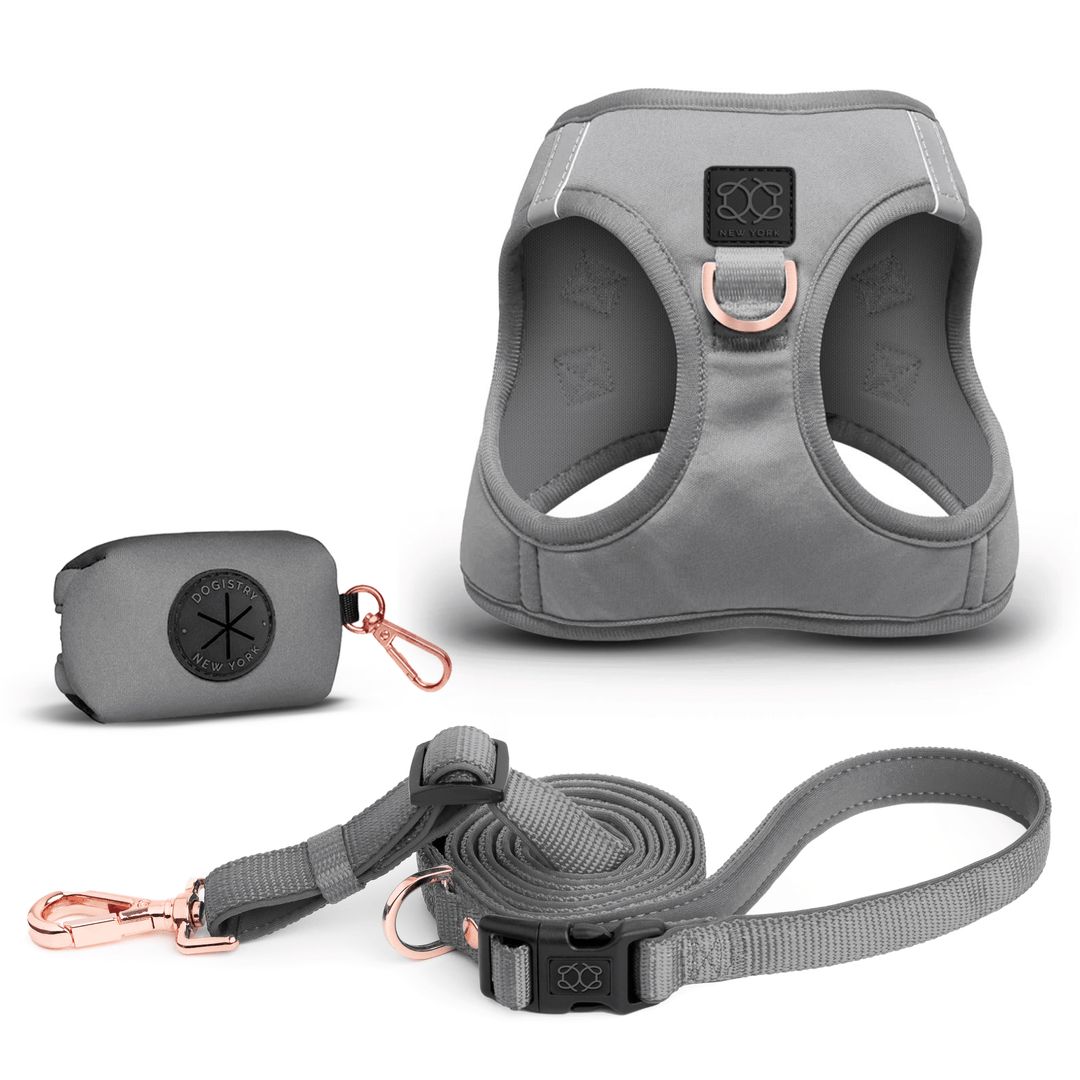
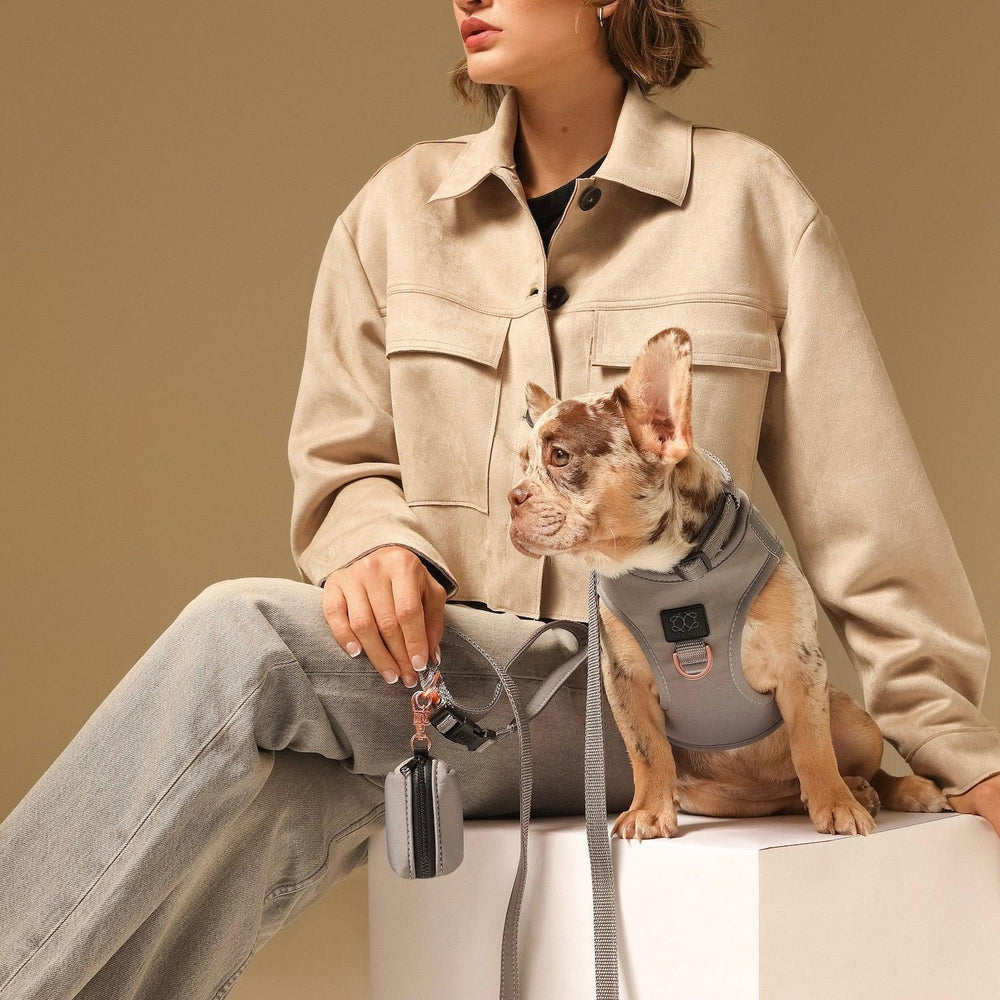

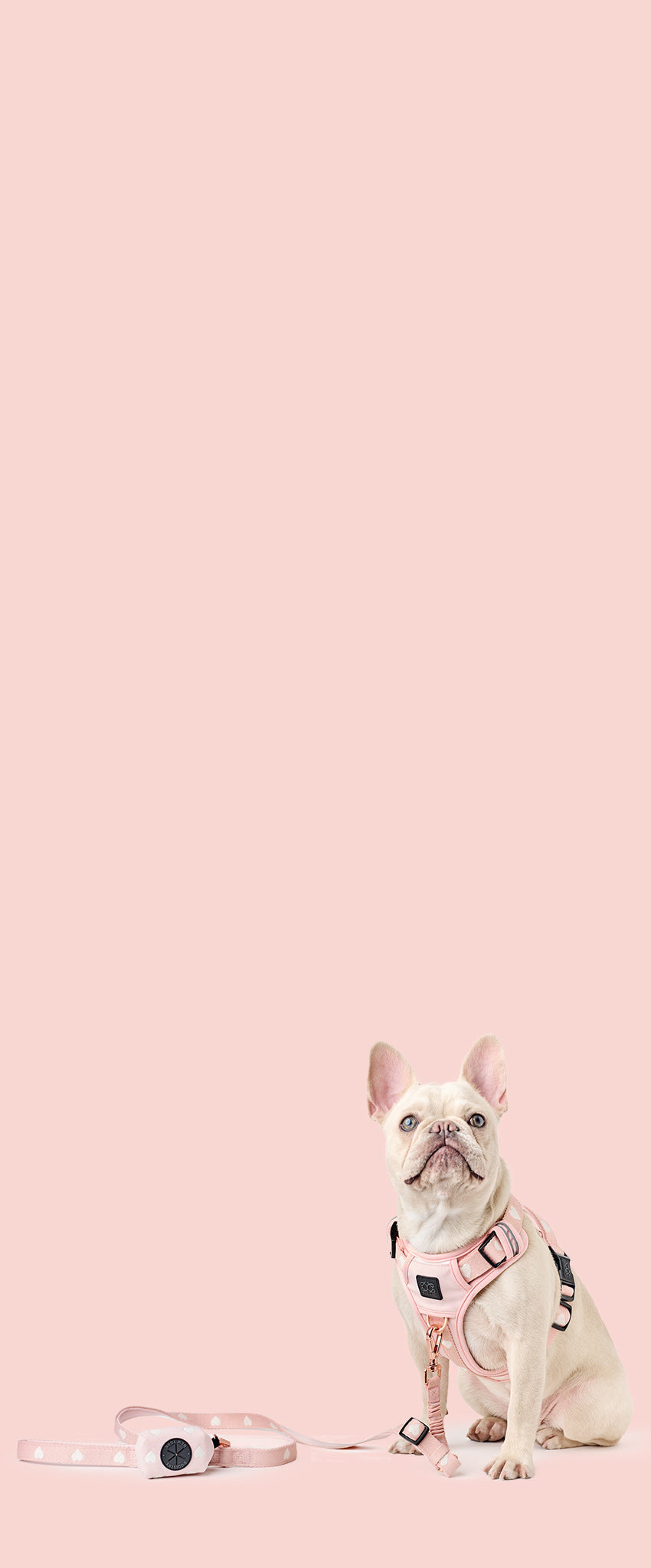
Leave a comment